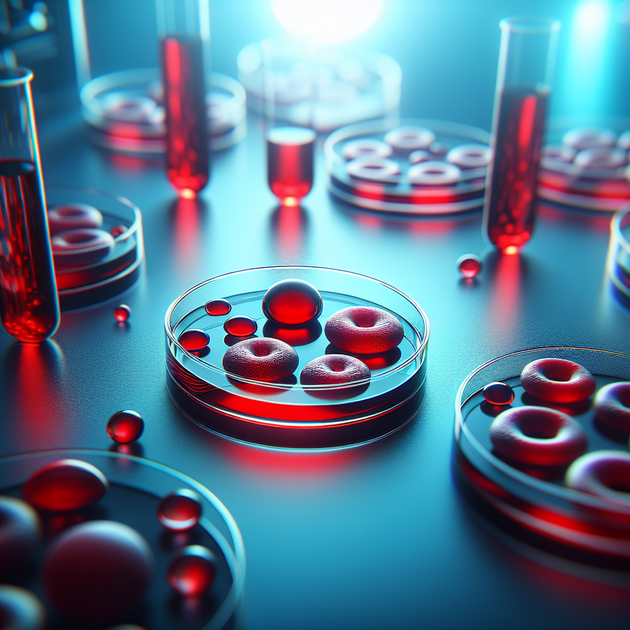What if hospitals never ran out of safe, compatible blood for transfusions? That scenario might be closer than you think thanks to a new breakthrough where scientists have successfully grown human blood using embryo-like stem cells in the lab.
Understanding Human Blood Stem Cells and Their Potential
Human blood stem cells—also called hematopoietic stem cells—are the building blocks that create all kinds of blood cells inside our bodies. For years, researchers have dreamed of making these vital cells in the lab. Why? Because a steady source of healthy blood would make transfusions safer and more widely available for patients who need them most.
Traditionally, donated blood is critical for everything from surgeries to treating conditions like anemia or cancer. But donated supplies aren’t always enough or perfectly matched to every patient. That’s where creating new human blood from scratch becomes game-changing.
How Scientists Are Growing Blood from Embryo-Like Stem Cells
The big news is that researchers have managed to coax special embryo-like stem cells into becoming real human blood cells outside the body. These so-called pluripotent stem cells can transform into nearly any type of cell—including red and white blood cells.
In practice, scientists start with these early-stage stem cells and carefully guide them through a complex process so they develop into functioning blood components. According to a Nature News report, this achievement marks a major milestone after decades of trial and error.
There’s still work to do before this becomes everyday hospital practice. But even proof that it’s possible opens up exciting new directions for healthcare and research.
Why Lab-Grown Blood Matters for Medicine
Lab-grown human blood isn’t just a cool science experiment—it has some real advantages for modern medicine:
- Reduces dependence on donors: With fewer shortages or mismatches, hospitals could offer transfusions more quickly and safely.
- Safer transfusions: Lab-made blood can be screened thoroughly during production to lower infection risk.
- Custom solutions: Patients with rare blood types or complex health needs might finally get perfectly matched transfusions.
- Advances disease research: Studying disease in “custom” lab-grown blood helps researchers understand illnesses like sickle cell anemia or leukemia.
- Paves way for regenerative therapies: Beyond transfusions, these techniques might help repair or replace diseased organs someday.
For further reading on how this fits into regenerative medicine as a whole, check out this overview by NIH Research Matters, which highlights ongoing work toward making functional tissues from stem cells.
Anecdote: The Impact on Real Lives
Consider someone with a rare genetic disorder like thalassemia who’s had countless transfusions growing up. Sometimes matching their rare blood type is nearly impossible. Imagine how much relief it would bring both patient and doctor if there were always compatible units available—grown tailored just for them.
Or picture an emergency room during a disaster when donations run low—a supply of safe lab-made blood could mean the difference between life and death.
The Road Ahead—Challenges and Opportunities
Of course, there are hurdles ahead before everyone can benefit from this technology:
- Scaling up production: It’s one thing to make a few milliliters—the real test will be safely producing enough for regular hospital use.
- Costs: Current methods are expensive compared to traditional donations (for now).
- Long-term safety: Researchers will need time to study if lab-grown blood behaves exactly like natural human blood inside patients over months or years.
- Ethical considerations: The use of embryo-like (pluripotent) stem cells sometimes raises questions about sourcing and oversight.
Some experts believe these challenges will fade as technology improves. Breakthroughs like this one keep moving things forward faster than anyone expected even five or ten years ago.
For those curious about how these discoveries come together with global health policy, you might find this summary from the World Health Organization useful—it explains why better ways to produce safe, available blood are so vital around the world.
So what do you think? Would you trust a transfusion made entirely in a laboratory? How do you see advances like this shaping the future of healthcare?

Leave a Reply